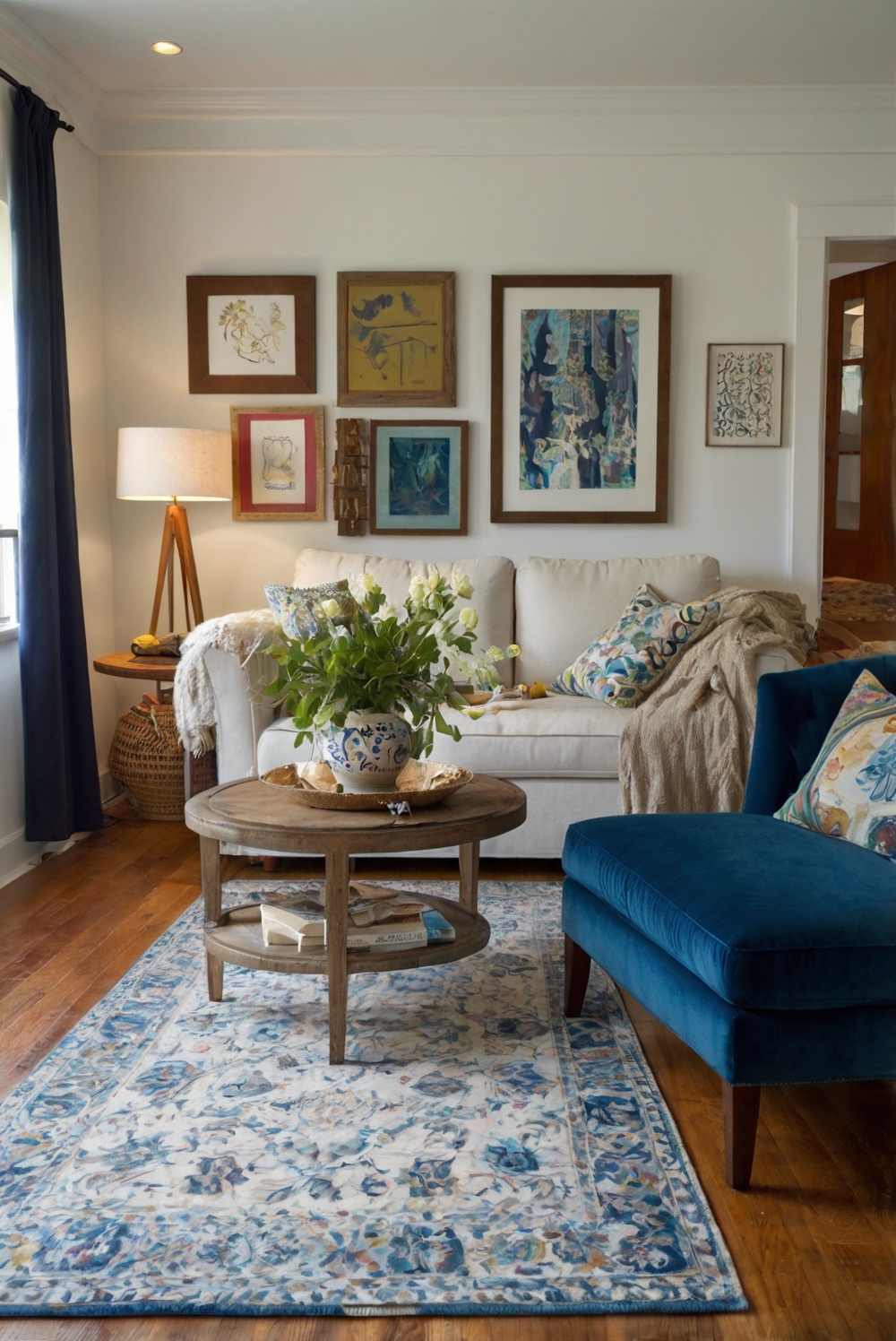Discover expert tips on how to ensure your flooring perfectly complements the colors in your living room. Elevate your space with a seamless and stylish design routine!
To ensure your flooring complements your living room colors, start by selecting a color palette that complements the overall theme of your room. Consider factors such as natural light, room size, and existing furniture colors. If your living room has a neutral color scheme, you can opt for flooring with bold patterns or textures to add visual interest. On the other hand, if your room features vibrant colors, choose flooring in a more subdued shade to create balance. It’s also essential to test paint samples and flooring swatches in different lighting conditions to ensure they coordinate well. Remember, the goal is to create a harmonious space that reflects your personal style.
Choose the Right Color Palette:
One of the most important factors in ensuring your flooring complements your living room colors is to choose the right color palette. This involves selecting colors that work well together and create a cohesive look in the space. Consider the existing colors in your living room, such as the walls, furniture, and accessories, and choose a flooring color that complements these elements. For example, if you have neutral-colored walls and furniture, you may want to opt for a flooring color that adds warmth or contrast to the room.
Consider the Undertones:
When selecting flooring colors, it’s essential to consider the undertones of both the flooring and the existing colors in the room. Undertones are the subtle hints of color that can affect how colors interact with each other. For example, if your living room has warm undertones, such as yellow or red, you may want to choose a flooring color with similar warm undertones to create a harmonious look. On the other hand, if your living room has cool undertones, like blue or gray, opt for flooring colors with cool undertones to complement the space.
Balance Light and Dark Tones:
Another key aspect to consider is balancing light and dark tones in your living room. If you have dark furniture or walls, consider choosing a lighter flooring color to create contrast and prevent the room from feeling too heavy. Conversely, if your living room has light-colored furniture or walls, a darker flooring color can add depth and richness to the space. Finding the right balance between light and dark tones will help create a visually appealing and well-coordinated look in your living room.
Opt for Flooring Samples:
When in doubt about which flooring color will best complement your living room colors, it’s always a good idea to opt for flooring samples. Many flooring retailers offer samples that you can take home to see how they look in your space. By comparing different flooring samples against your existing colors, you can get a better sense of which option works best with your living room decor. This hands-on approach can help you make a more informed decision and ensure that your flooring complements your living room colors perfectly.
Seek Professional Advice:
If you’re still unsure about how to ensure your flooring complements your living room colors, don’t hesitate to seek professional advice. Interior designers and flooring experts can provide valuable insights and recommendations based on your specific space and preferences. They can help you choose the right flooring color that enhances your living room colors and ties the room together beautifully. With their expertise, you can achieve a cohesive and harmonious look in your living room that reflects your style and personality.

